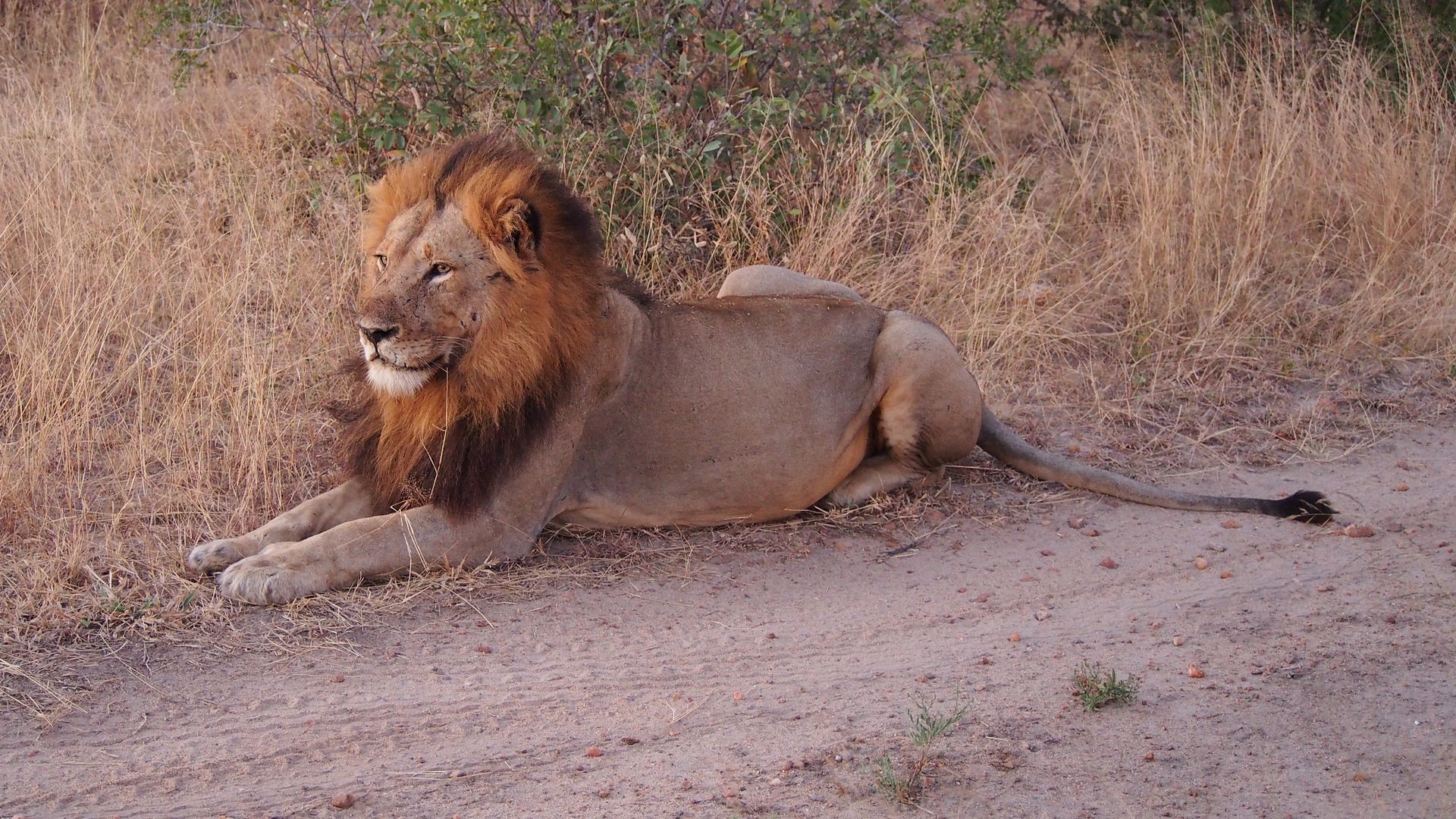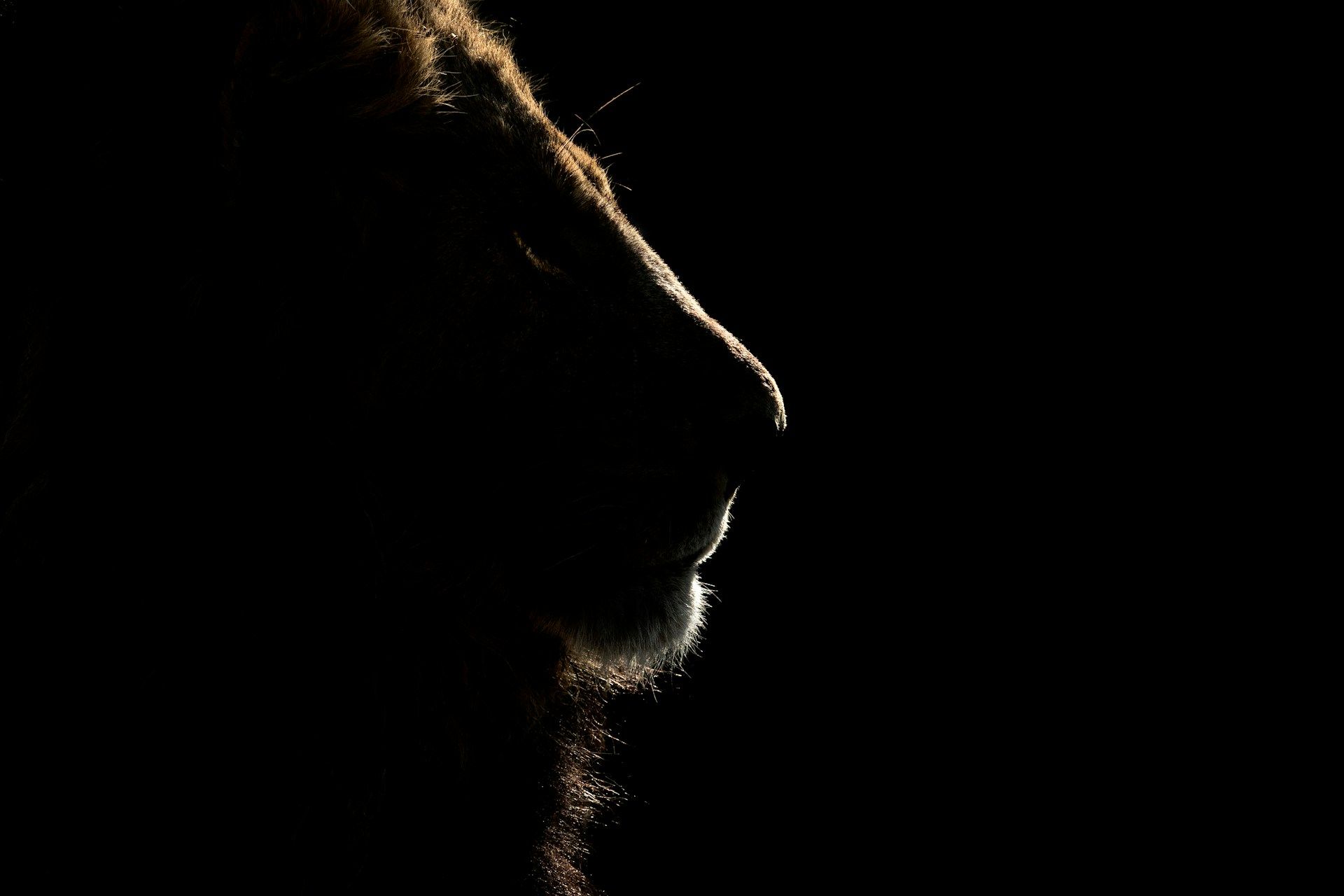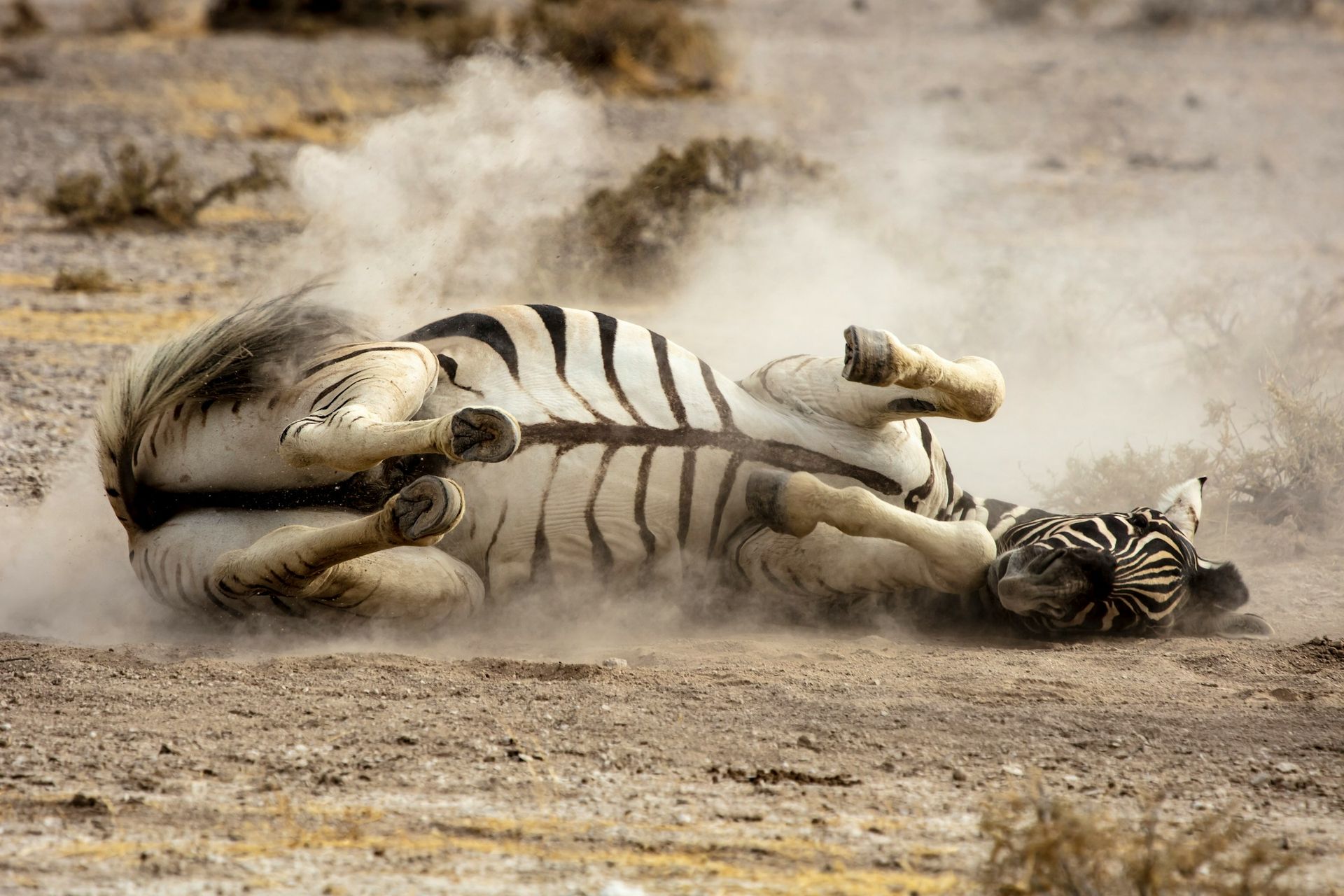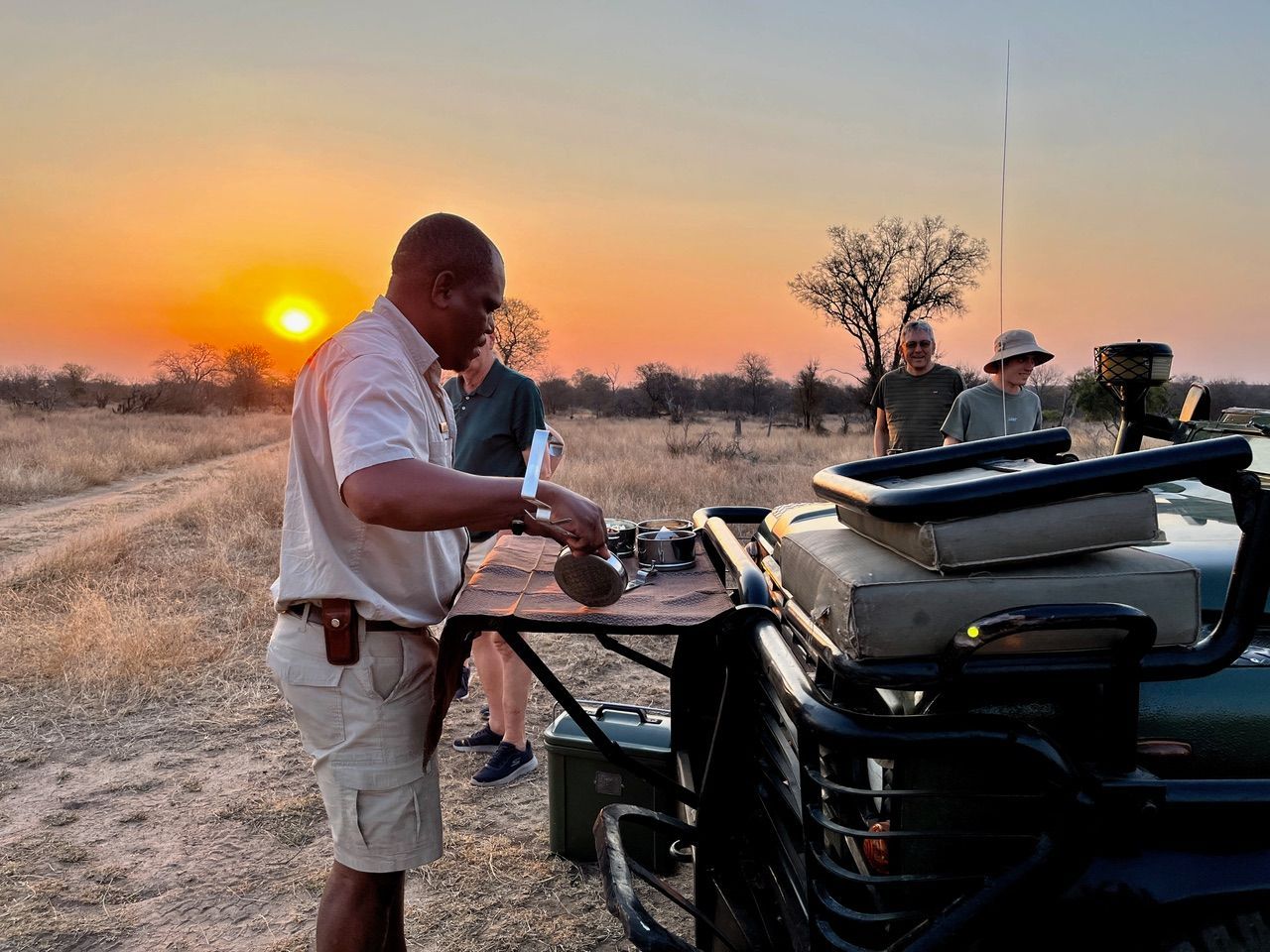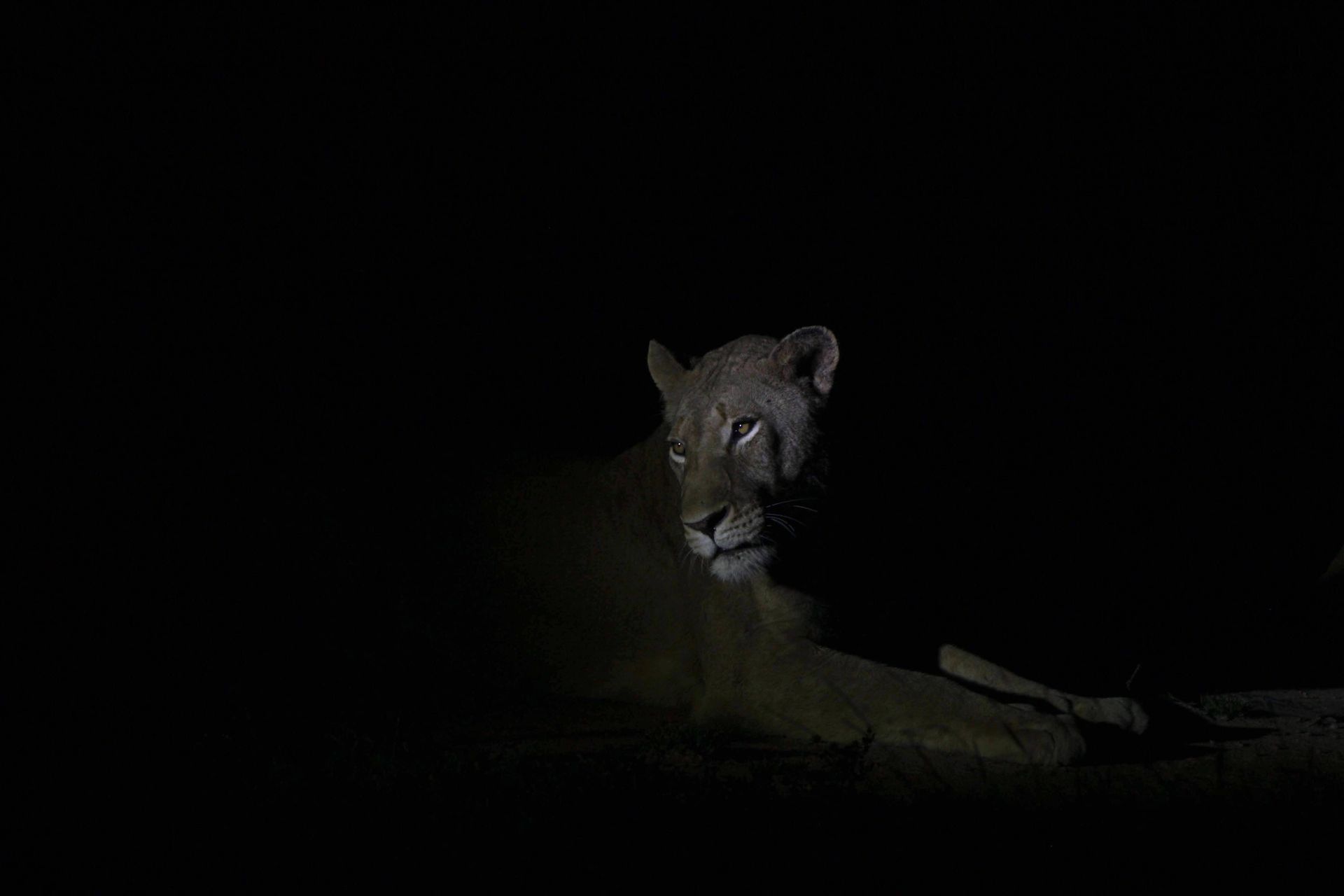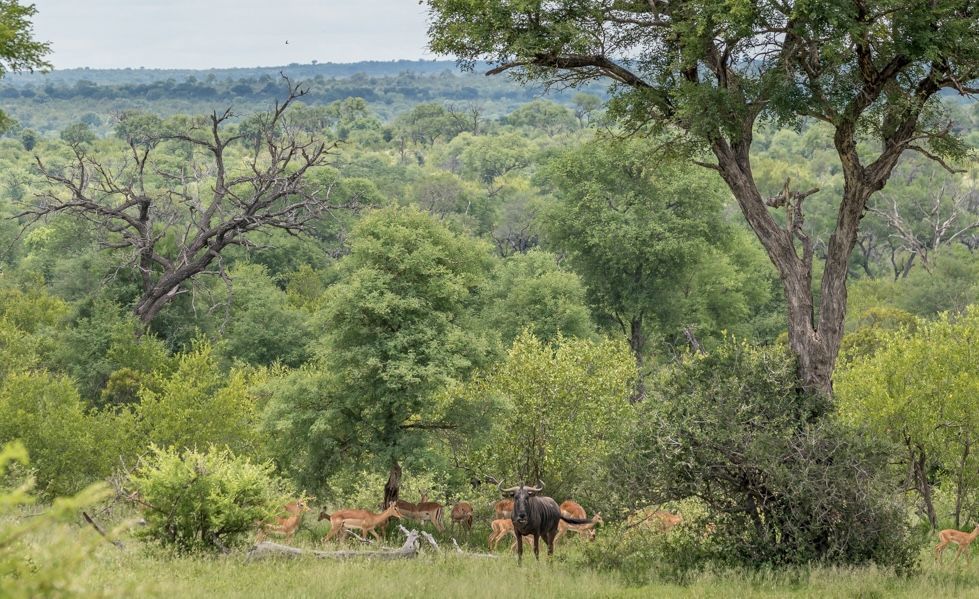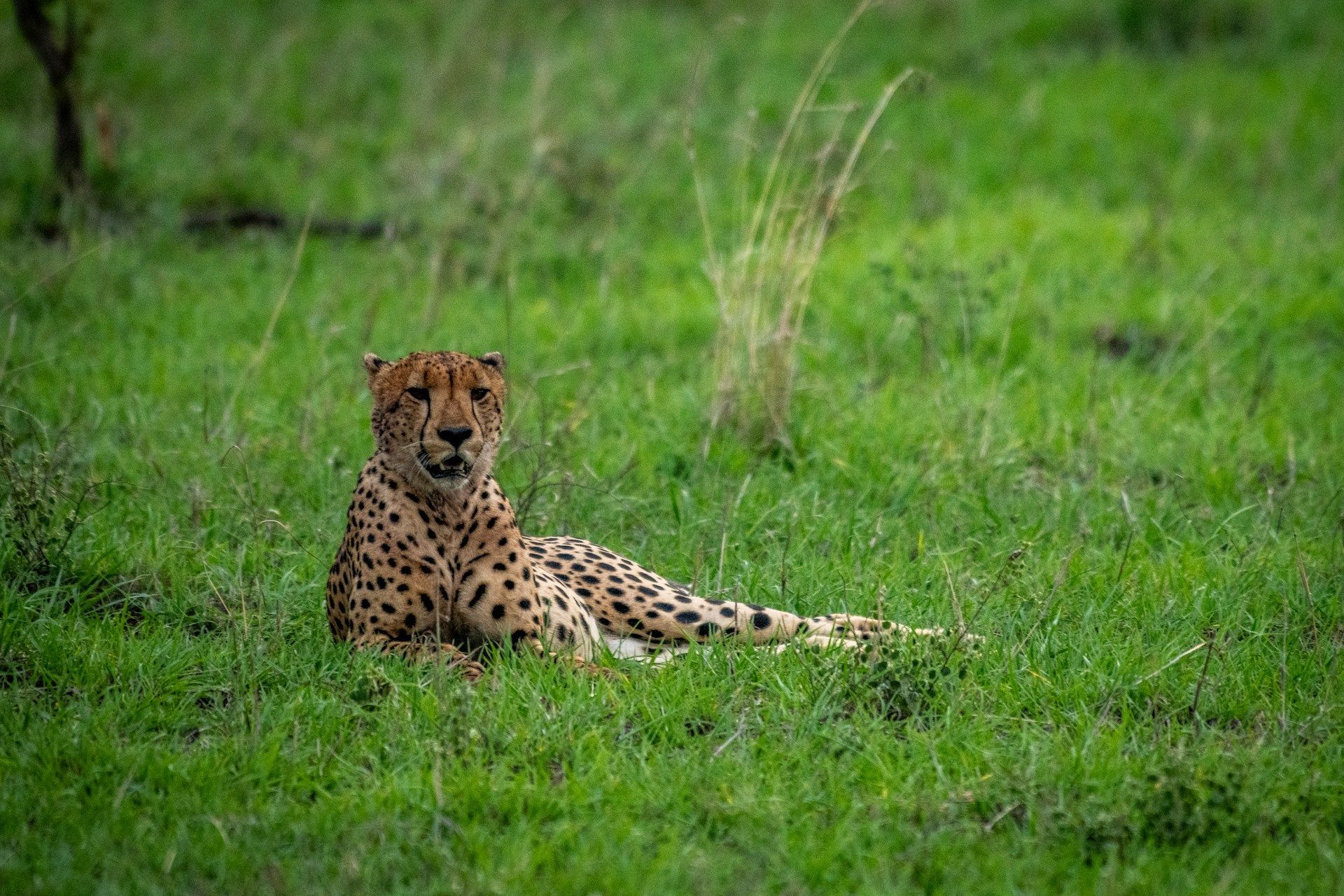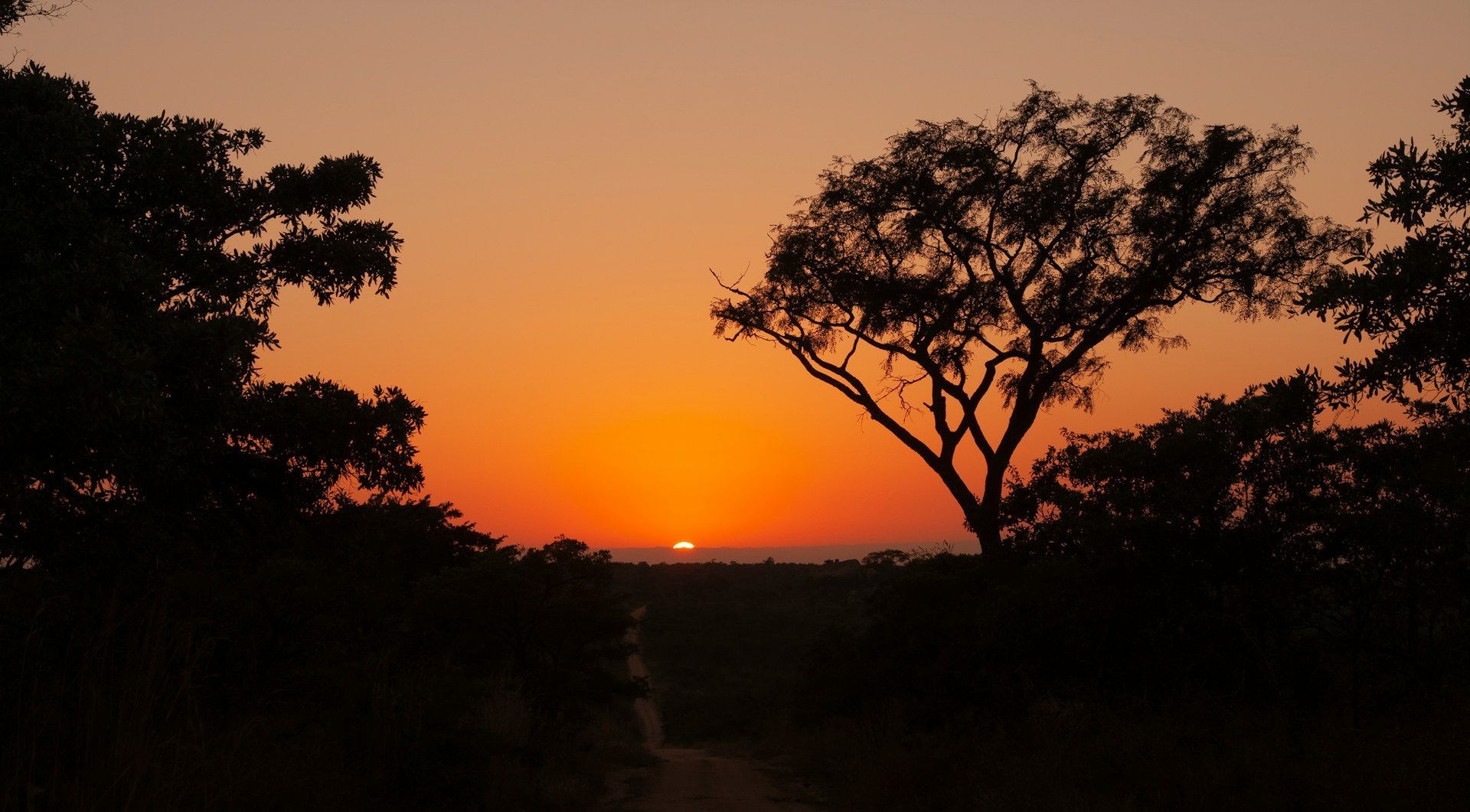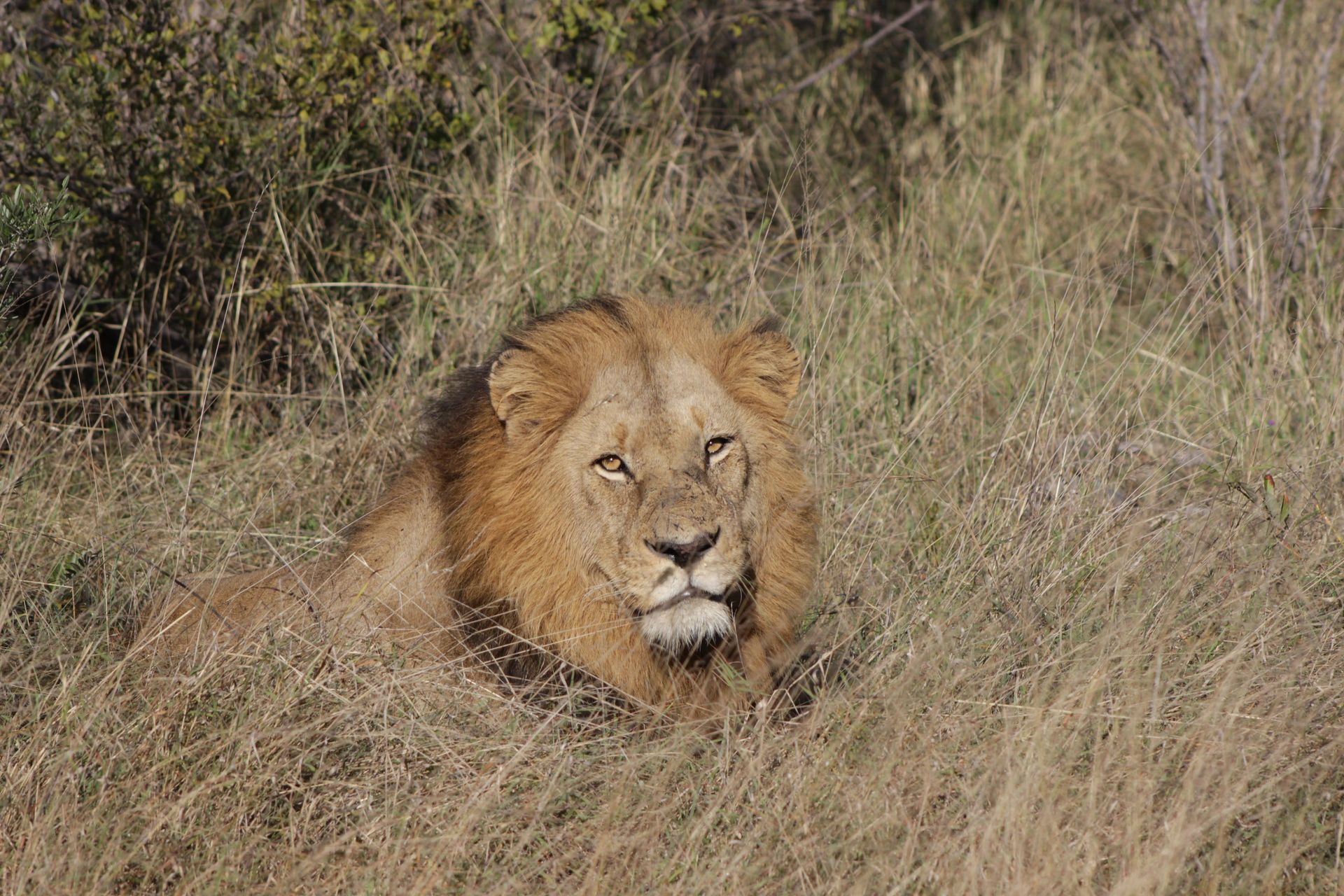Don't overlook the humble impala!
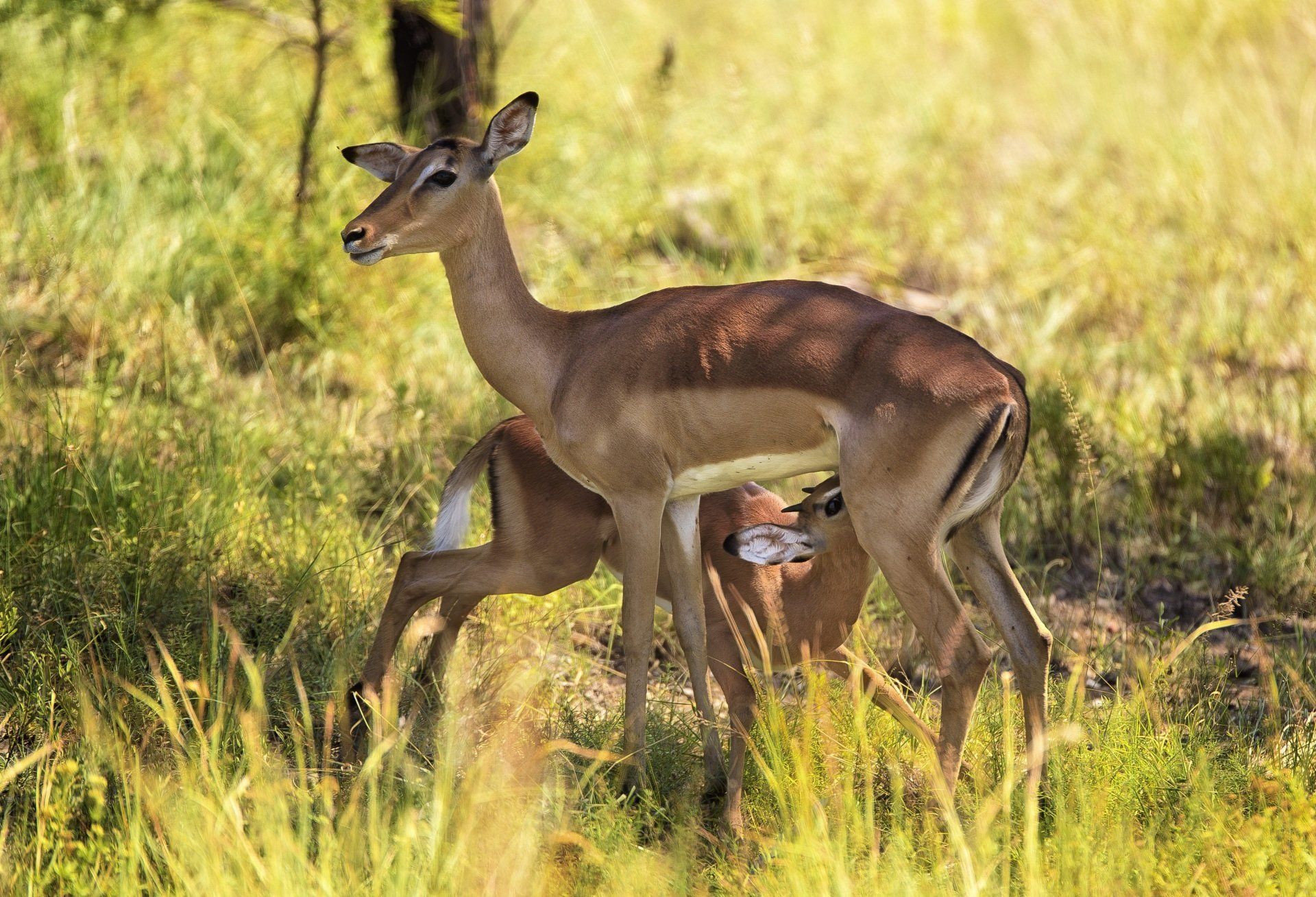
Discover fascinating facts about our most abundant antelope!
Make no bones about it, hardly anyone bothers about impala! Our most prolific antelope is also the most overlooked when it comes to safari enthusiasts on game activities. Newcomers to the African bush will get excited when they first spot an impala, but soon lose interest after they've seen the third, fourth, fifth and sixth group of these beautiful but hugely underestimated creatures.
"Oh, it's only an impala" is perhaps the most delivered line on an open safari vehicle when out looking for wildlife and coming across something in the distance requiring binoculars. Most of the time we just drive past them and pay them no heed. Which is sad, because actually, impala are really cool and interesting antelopes and more than deserving of a little more attention!
Here are some of the things that make impala special in our book...
Gone in 60 seconds...
They're fast. Slender and agile, they can hit speeds of up to 60km per hour and can leap up to 3m into the air and 10m in length. It's understandable given that they're on the dinner menu of virtually every major predator, but sometimes you get the feeling that they jump for the sheer joy of it!
Horns and the fight for dominance
It's only the male impalas, known as rams, who have horns. They are lyre-shaped and grow up to 75cm in length. They take a good few years to reach this length which is when they start to compete for breeding rights and territory, fighting and wrestling one another at the start of winter in what's known as the "rut".
Dominant rams see off competition and claim the prize of a harem of ewes and their territory. The losing rams form bachelor groups till the next rut! Rams produce a scent from a gland on their foreheads to advertise their status to rivals. When a ram loses rank he produces less scent.
The mating game
Rams will mate with as many females as possible and only mate with a female once. Ewes gestate for seven months and synchronise their lambing so that they all give birth within a few days of each other. Most lambs are born in the middle of the day when predators are resting. More than half of all newborns are killed by predators within the first few weeks of their lives.
Ewes can delay giving birth for up to a month if the conditions are not favourable, waiting for rain to provide the food they need to nourish their young. There are twice as many females as males born each year!
The one and only...
Impalas are the only member of the genus Aepyceros which falls under the Bovidae family of mammals that includes buffalo, sheep, goats and cows, etc. The impalas we have here on the Klaserie are the common impala - Aepyceros melampus melampus. The other sub-species is the black-faced impala (Aepyceros melampus petersi) which is only found in parts of Namibia and Angola.
Herd headed...
Impalas are herd animals and are very social. They form three types of groups - all female herds often led by a territorial ram, mixed sex family herds led by more than one territorial ram and bachelor, ram-only herds.
Herds of mostly ewes are very cohesive and often consist of many unrelated animals because parent-offspring bonds don't last beyond the weaning process. Herds of ewes can consist of up to 100 impalas whereas bachelor groups are smaller, hovering around the 30 impala range.
They roam across a large range and move according to food availability.
Clever teeth
Impala have "hinged" teeth that allow them to separate when allogrooming and the tips of the front incisor and canine teeth can move forward some 2mm before returning to their original positions. This movement makes it possible for hairs to pass between the teeth while staying in close contact with the skin, allowing the impalas to efficiently remove ticks and other parasites from themselves and one another.
So the next time you're on safari with us, take a little time to sit and study the humble impala and marvel at its amazing adaptations, clever behaviour and absolute beauty - we think it's one of the prettiest antelope ever!
